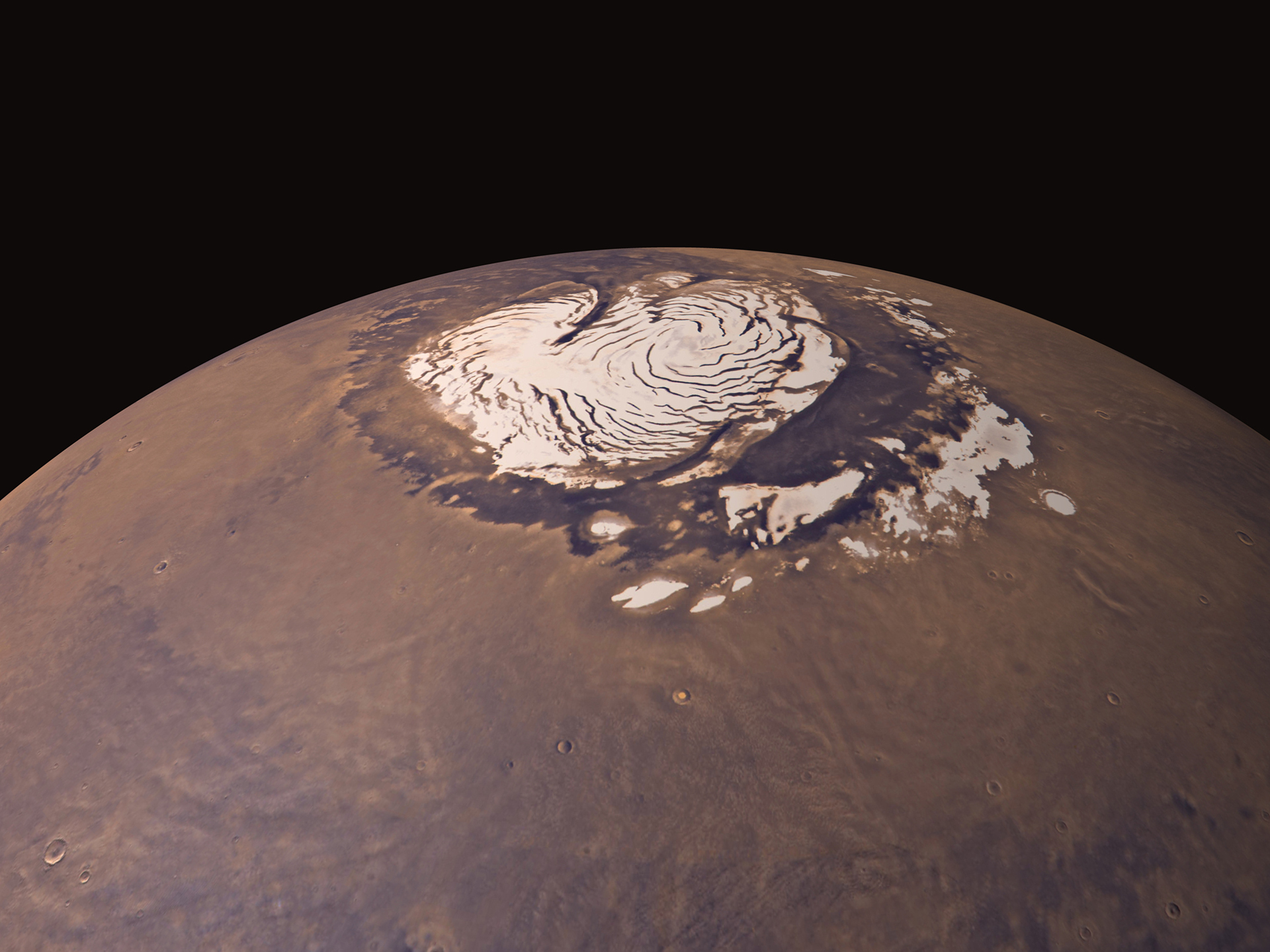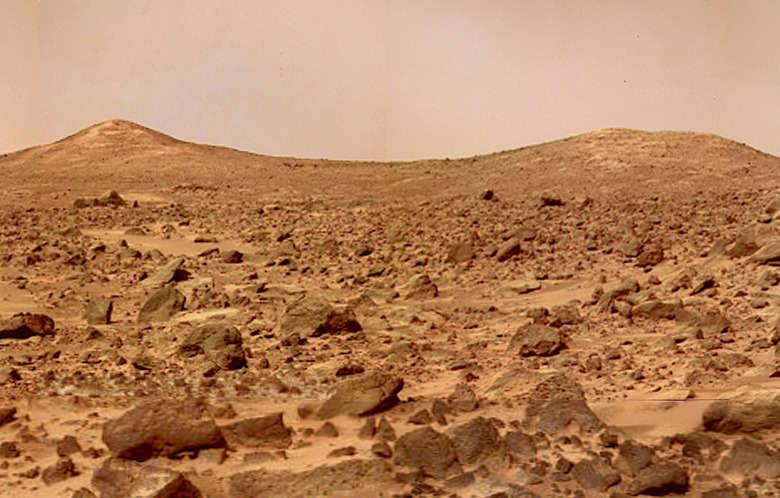Could Carbon Dioxide, Not Water, Have Shaped The Red Planet?
For decades, scientists have believed water carved Mars' dramatic landscape. Massive river valleys, ancient deltas, and complex geological formations seemed to prove the planet once flowed with liquid water. However, a new theory challenges this long-held assumption, suggesting that liquid carbon dioxide rivers might be the true sculptor of Mars' surface.
The theory claims that under the planet's early atmosphere, carbon dioxide could have liquefied and flowed across the terrain. If true, this theory could mean our understanding of Mars' geological history needs a fundamental revision.
The evidence that Mars might have been shaped by liquid carbon dioxide rivers is quite compelling, too. If the planet reached specific temperature and pressure conditions, liquid carbon dioxide could have created geological features that scientists traditionally attributed to water.

These formations bear striking similarities to water-carved landscapes on Earth, making the hypothesis challenging to confirm. A NASA scientist has cautioned against declaring the theory definitive. However, he also recommends keeping an open mind and not being too quick to dismiss alternative explanations.
Of course, science can involve a lot of guesswork at times, and new theories are always popping up. Previous studies in carbon sequestration have provided unexpected insights into this theory, too. These are insights that could line up with the theory that liquid carbon dioxide rivers once flowed across the surface of the Red Planet.
These studies also show how carbon dioxide could trigger widespread chemical transformations, potentially explaining the current mineralogical composition of the Martian surface. Mars has continued to stump scientists. We know that it has evolved over the years, but with the Mars Sample Return currently in limbo, it's unclear when we'll ever receive clear answers.
If liquid carbon dioxide rivers shaped Mars, it would dramatically alter our understanding of planetary geology. Current surface features could have formed through processes like liquid carbon dioxide melting beneath glaciers or even just existing in subsurface reservoirs.
Perhaps one day, a manned mission to Mars will help us uncover the truth. Until then, though, this theory remains challenging to confirm but still intriguing to investigate. The theory is highlighted in a new study published in Nature Geoscience.
